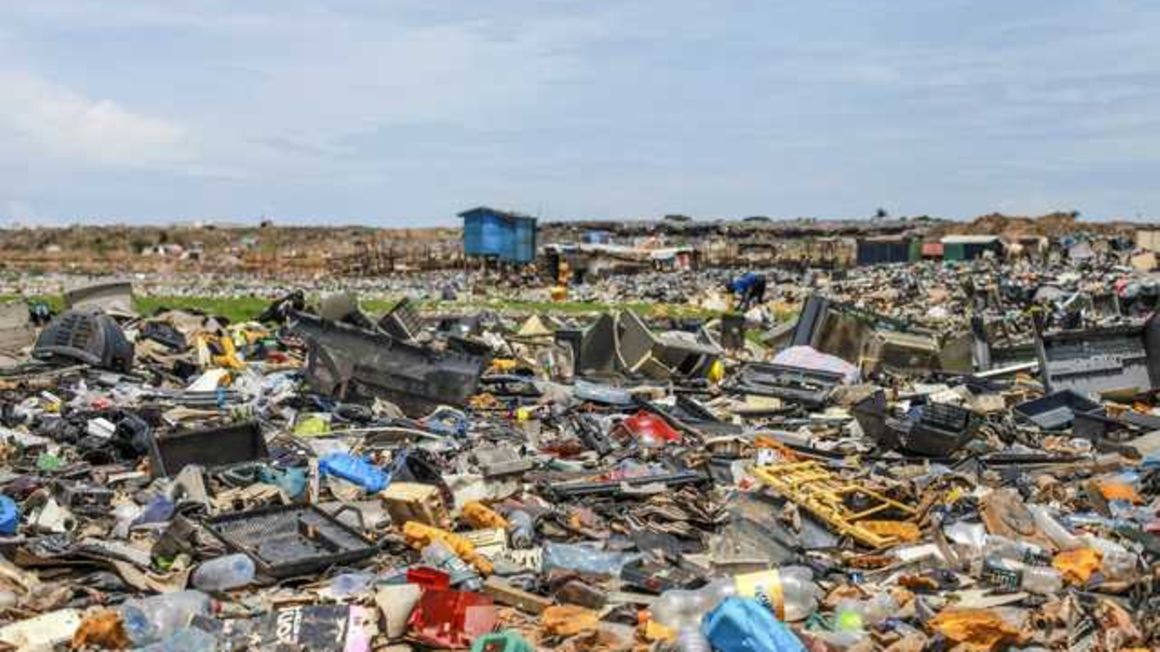
Our Projects are
Transforming African Trade
Quick Contacts
2nd Floor, Fidelity Insurance Centre Waiyaki Way, Westlands

Summary
A ban on the dumping of electronic waste in the region received a boost after the East African Community (EAC) prohibited the importation of cathode rays tubes (CRTs) and standalone used computer monitors with effect from July 1, 2022.
The East African Community Sectoral Council on Trade, Industry, Finance and Investment (SCTIFI) held a meeting in Arusha on November 12, chaired by Kenya’s Cabinet Secretary in charge of Trade and Industrialisation Betty Maina, in which the partner states — Kenya, Uganda, Tanzania, Rwanda, Burundi and South Sudan — agreed unanimously to ban dumping of e-waste in the region.
The decision follows concerns that firms in developed countries were exporting these items to developing countries, purportedly as refurbished and good for use, while instead were dumping them so that they don’t have to deal with the e-waste when they become obsolete. Many African countries have non-existent or unsafe recycling practices, which endanger both people’s health and the environment.
Items with CRTs are particularly harmful because they contain lead, a known toxin. The lead content could be as much as to 1.5kg to 2kg in one piece of CRT, which can cause severe environmental and health impacts.
Once dumped in landfills, the lead-filled CRT glass leachate seeps into the soil and groundwater, and, when broken down, the lead dust particles pollute the air.
“During the SCTIFI, Tanzania informed the meeting that after consultations, they are in agreement with the proposal to prohibit importation of cathode rays and standalone used computer monitors,” said Maina.
“The ministers and Cabinet Secretary agreed to prohibit importation of cathode rays and standalone used computer monitors with effect from July 1, 2022.”
The ban of these products by the EAC will result in national legislations that will effectively curtail imports of such electronic waste from the West.
The EAC decision and subsequent laws are expected to push the value of electronics up, as importers and sellers of electronic gadgets — TVs, radios, mobile phones, electric cables and equipment — will be responsible for handling the waste generated.
Most e-waste in Africa comes from Australia, China, the EU, Japan, North America, South Korea, the US and Canada.
In January 2007, the US Environmental Protection Agency (EPA), a federal government organisation, created to protect human health and the environment, began regulating the export of CRTs under a rule requiring companies to notify EPA before exporting them.
“The ministers and Cabinet Secretary agreed to prohibit importation of cathode rays and standalone used computer monitors with effect from July 1, 2022.”
The ban of these products by the EAC will result in national legislations that will effectively curtail imports of such electronic waste from the West.
The EAC decision and subsequent laws are expected to push the value of electronics up, as importers and sellers of electronic gadgets — TVs, radios, mobile phones, electric cables and equipment — will be responsible for handling the waste generated.
Most e-waste in Africa comes from Australia, China, the EU, Japan, North America, South Korea, the US and Canada.
In January 2007, the US Environmental Protection Agency (EPA), a federal government organisation, created to protect human health and the environment, began regulating the export of CRTs under a rule requiring companies to notify EPA before exporting them.
Read original article
Disclaimer: The views and opinions expressed in this article are those of the authors and do not necessarily reflect the official policy or position of TradeMark Africa.